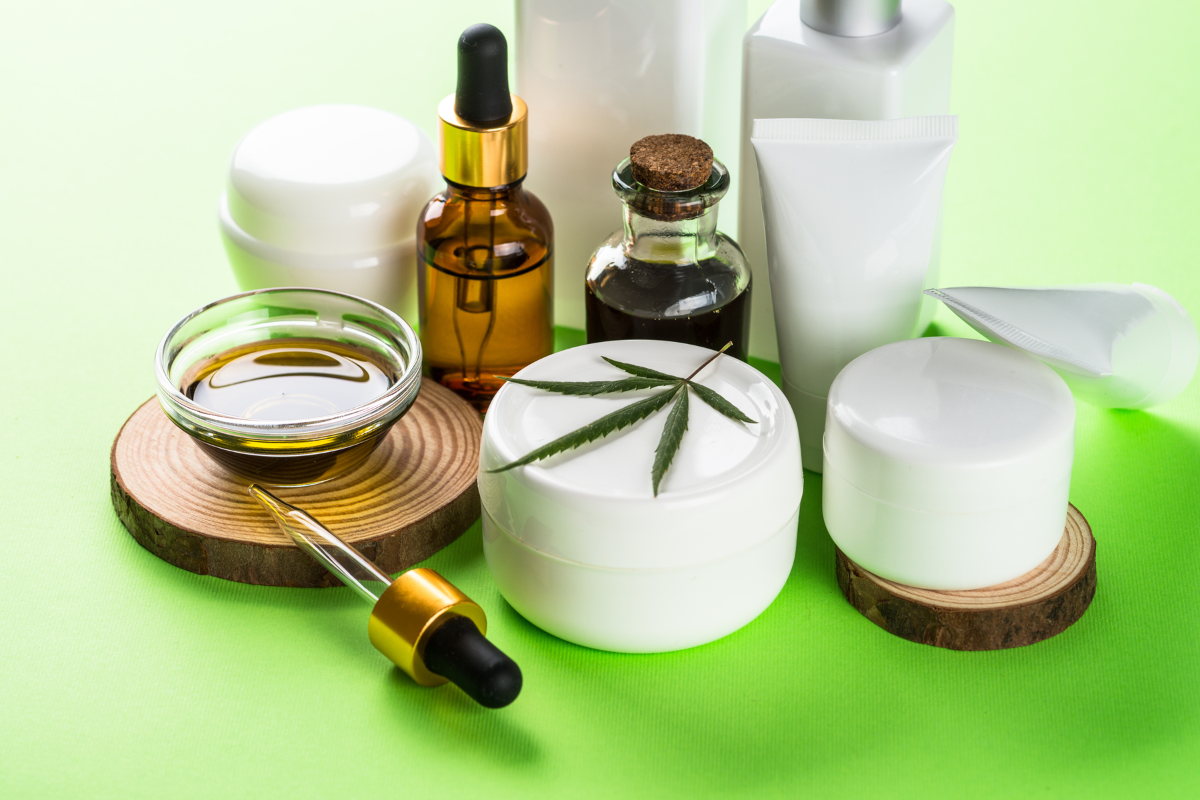
Key Definitions

Introduction

Constituents, Actions & Indications
Constituents
Actions
The main constituents of Cannabis, namely THC and CBD, bind with cannabinoid receptors CB1 and CB2 of endocannabinoids in the body. Read this blog post to learn more about the endocannabinoid system.
Indications

Scientific Research

Preparations & Dosage


Safety Considerations

Disclaimer
The information presented in this post is intended as an informational guide. The remedies, approaches and techniques described herein are meant to supplement, and not to substitute for, professional medical care or treatment. They should not be used to treat a serious ailment without prior consultation with a qualified health care professional.
References







